Rectory Photography
Well-known member
There is no point in You Tube posts from this man. His preview of the Z9 which he hadn’t even used is a classic example of how not to do things. I’ll watch the Fro. I have much less respect for Tony.
“I don't believe they ever deliberately try to mislead....why would they?” Clickbait is a powerful reason for lots of people. Maybe it is also a belief that they can properly analyse and evaluate with without taking the time to fully explore all the options In depth.
I actually DON’T CARE which camera is “better” or faster or sexier from a marketing viewpoint. All that matters is does it have the flexibility to allow the user to take great images? I am certain that all of the cameras take great images. All I care about How will it help ME deal with those tricky situations I would love to be able to cope better with in the field?
All cameras at this level require the user to make choices and work out how to maximise the capabilities of the camera system of their choice. I use Nikon. I don’t plan to change. The skill and effort of the user with a given system and their ability to visualise the image then use the camera is what photography is actually about.
All that matters to me is how well I am able to bond with the camera system. I find the best images come when the camera gets out of the way and is flexible enough to work with me. Do viewers really look at a wonderful shot of a BIF and evaluate it based on the camera brand or on the content?
We all need to use and watch what makes us happy..... If you don't want to watch Tony, and like Nikon that's great. In terms of photography...my creativity and ideas definately expand with any improvements of af, eye af and the increase in resolution and FPS of the latest cameras..... None of them are quite there yet in terms of af for what i have in my imagination...but they are close. Technology and creativity can work hand in hand.. If i were a landscape shooter i could have stayed with my D850 and been very happy, but i am not....i shoot action at very close range which pushes the technology hard.
Last edited:


 _DSC6678
_DSC6678 _DSC7044_DXO
_DSC7044_DXO ezgif.com-gif-maker-10
ezgif.com-gif-maker-10 ezgif.com-gif-maker-11
ezgif.com-gif-maker-11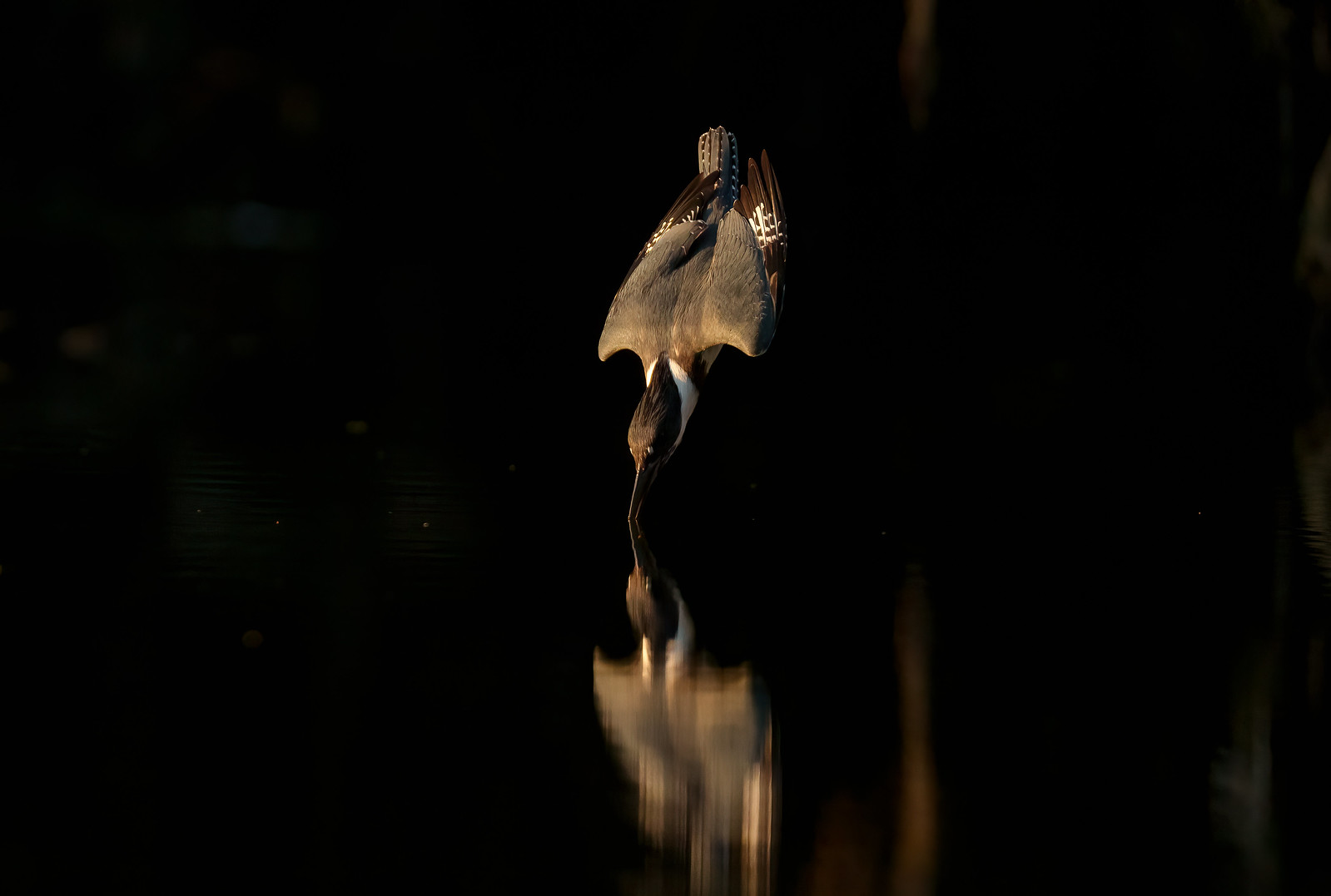 July 28, 2021.jpg
July 28, 2021.jpg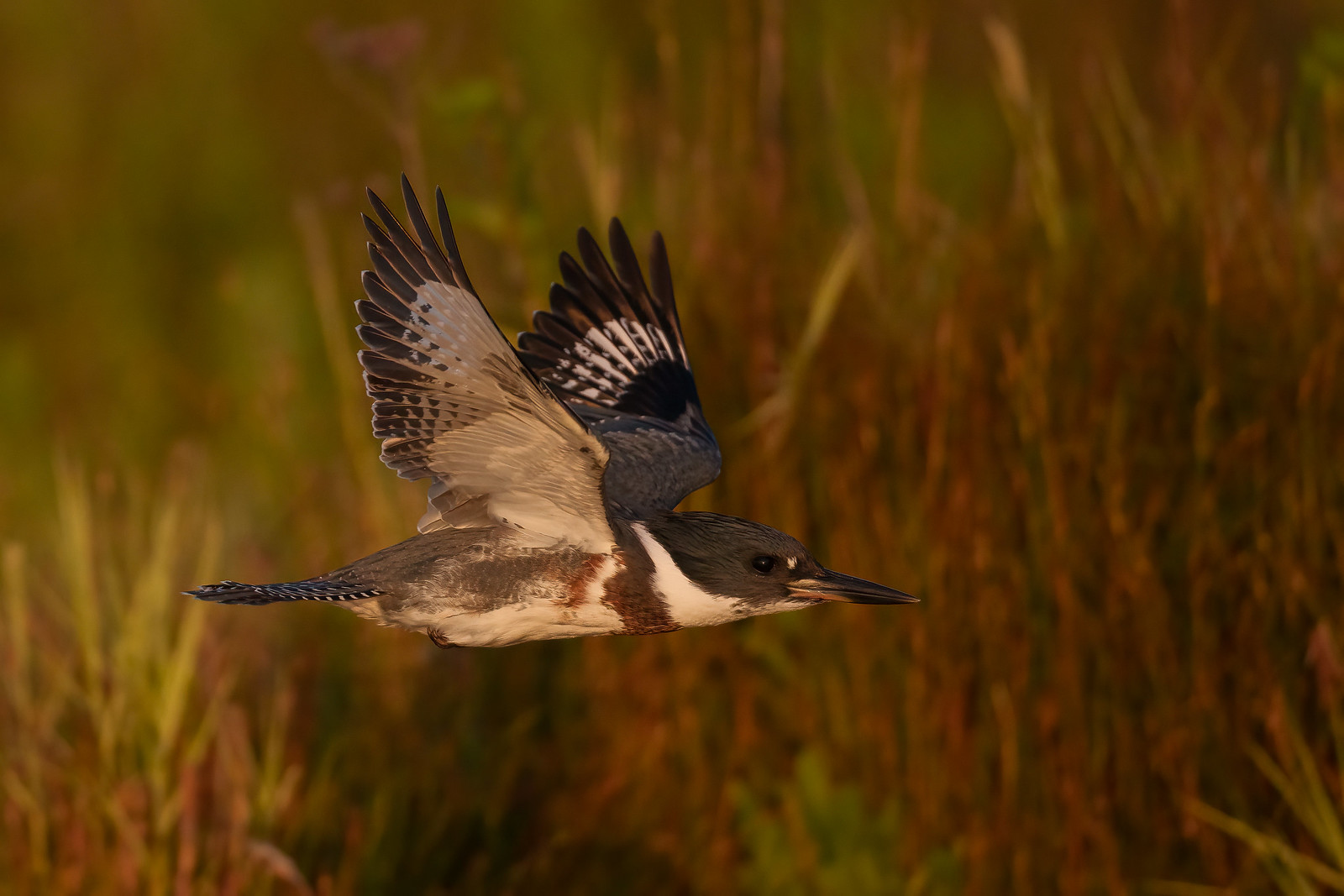 July 10, 2021.jpg
July 10, 2021.jpg July 03, 2021-2.jpg
July 03, 2021-2.jpg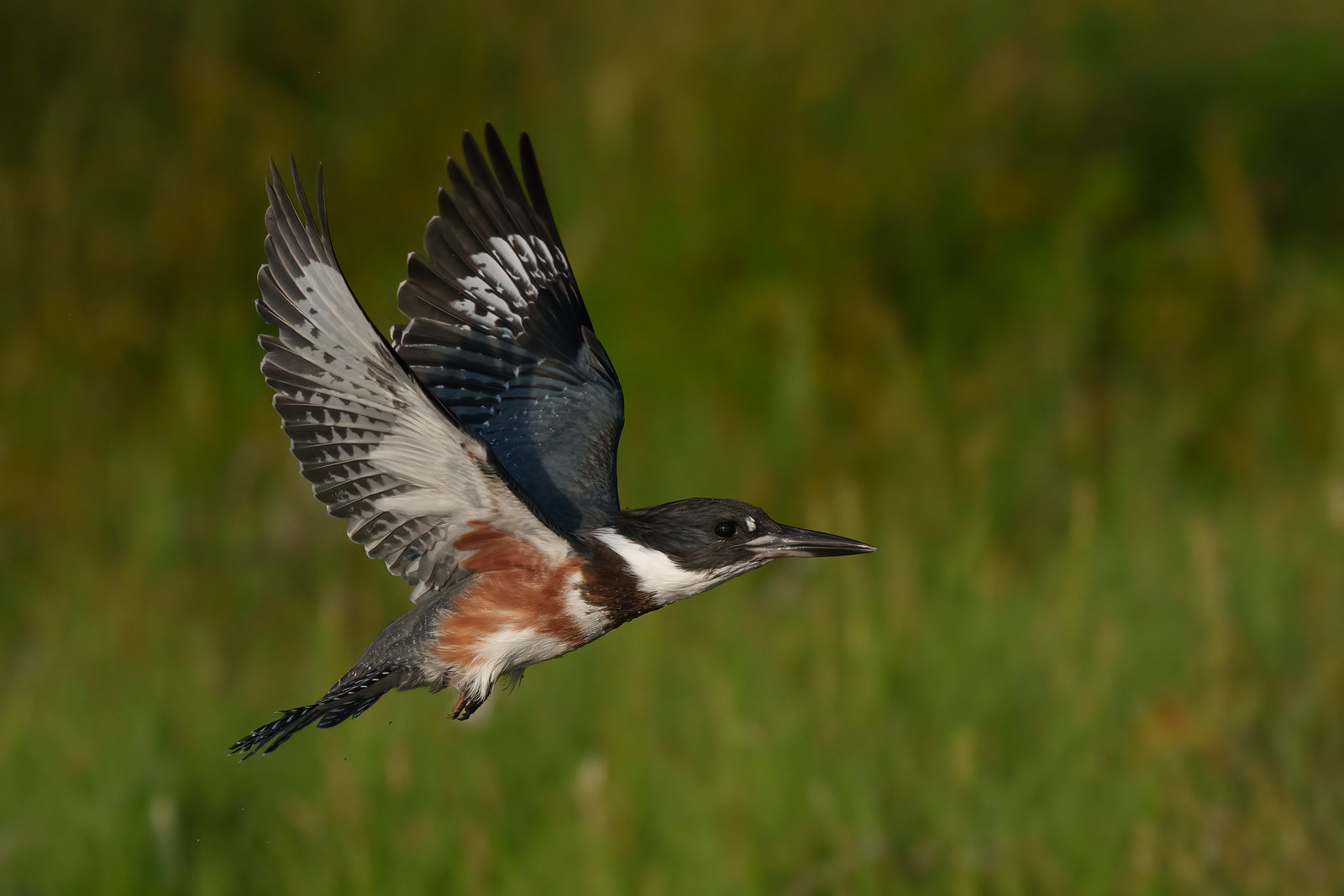 July 03, 2021.jpg
July 03, 2021.jpg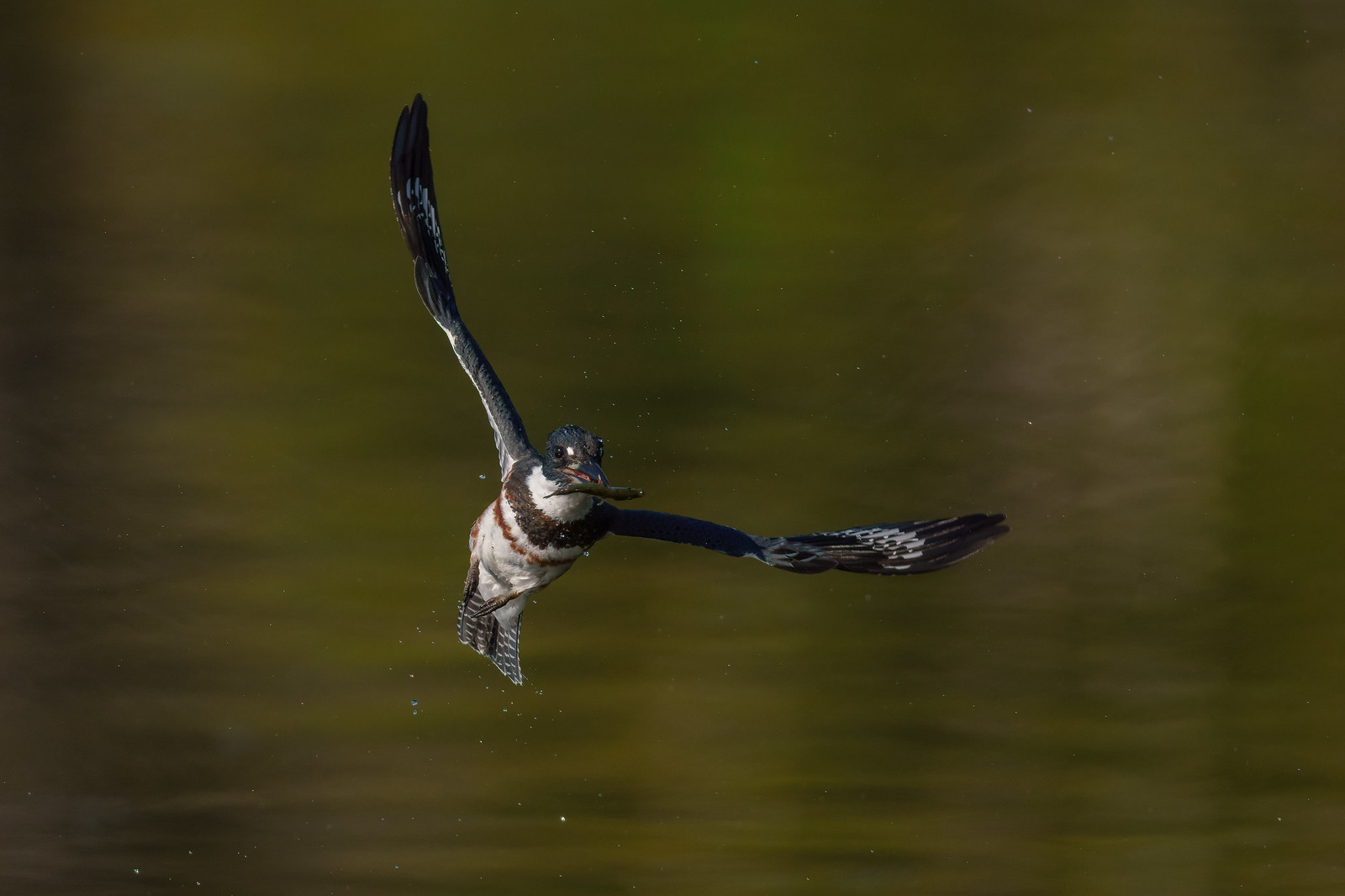 July 24, 2021-2.jpg
July 24, 2021-2.jpg 1
1 2
2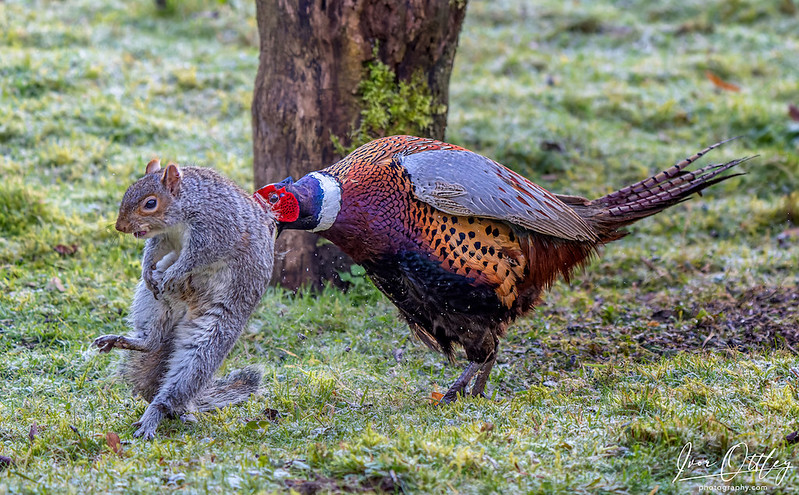 6
6 5
5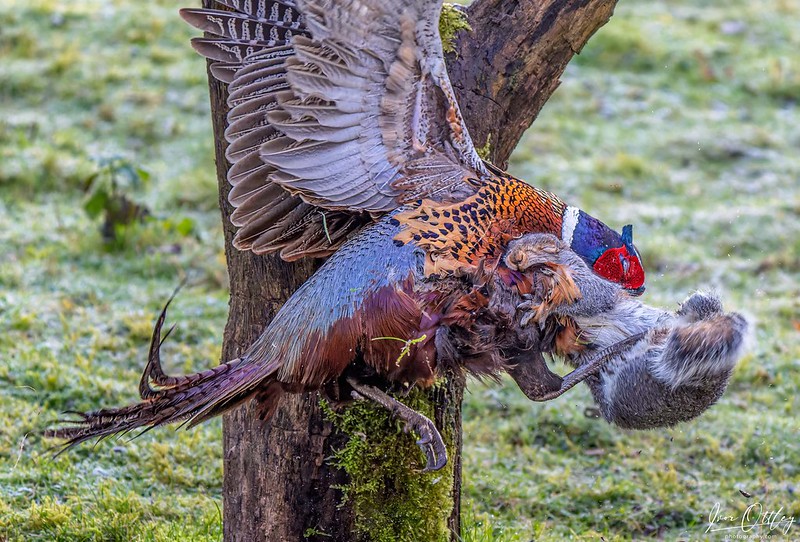 4
4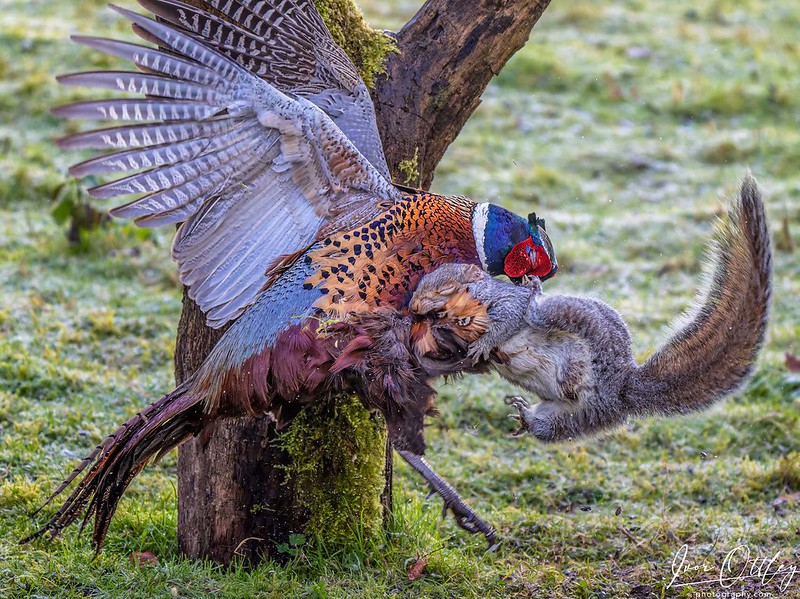 3
3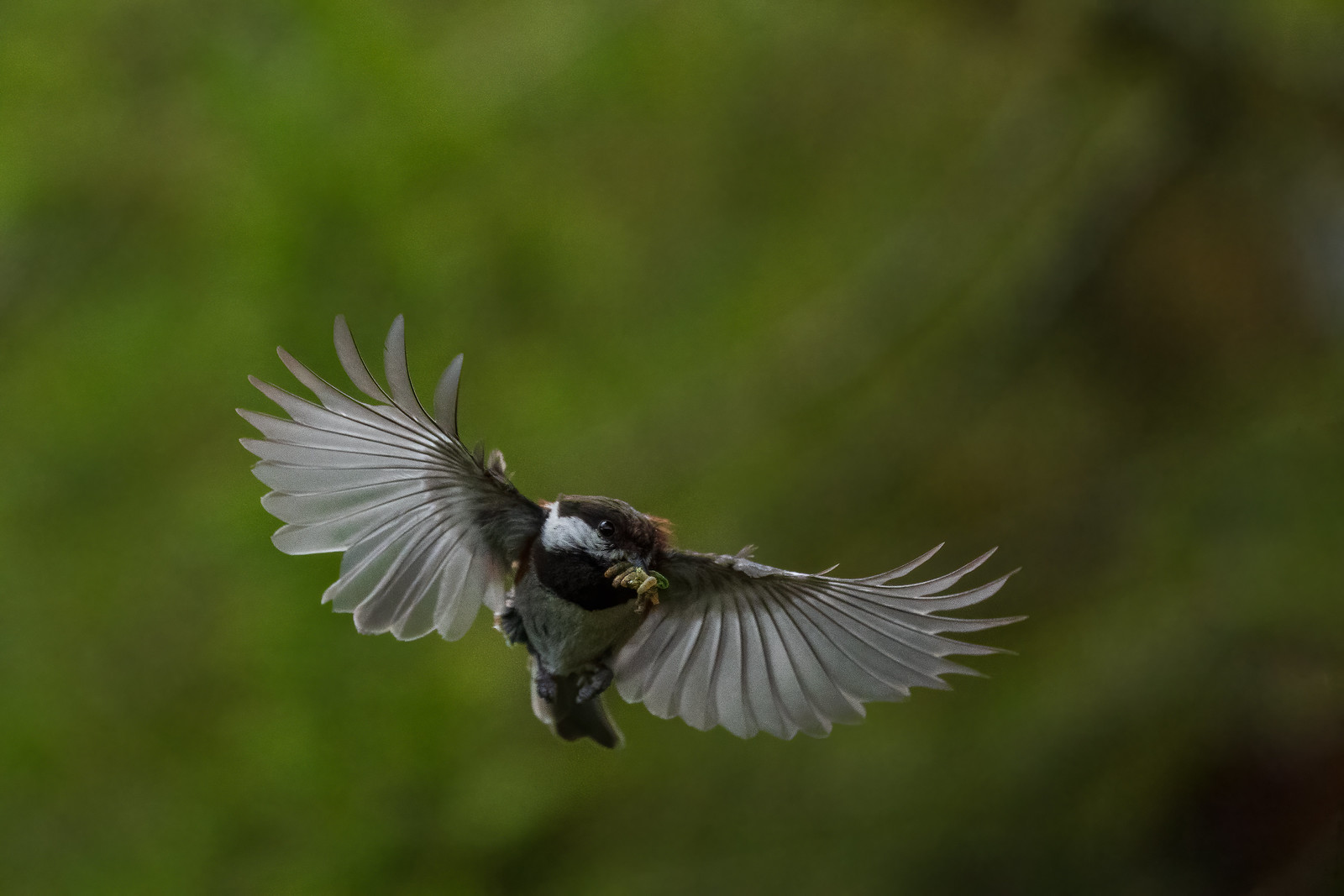 May 28, 2021-4.jpg
May 28, 2021-4.jpg Fecal sac out....
Fecal sac out....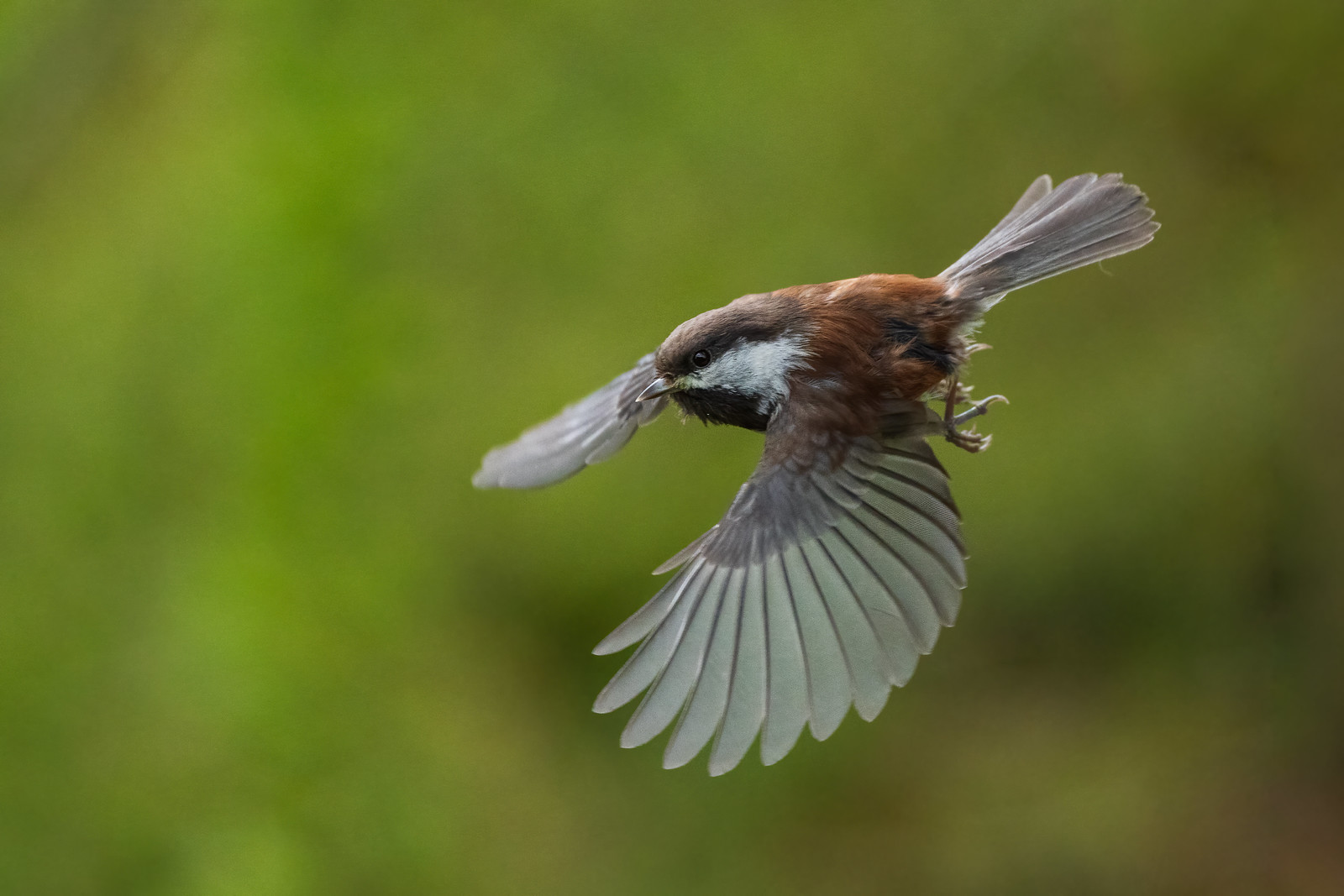 May 28, 2021.jpg
May 28, 2021.jpg